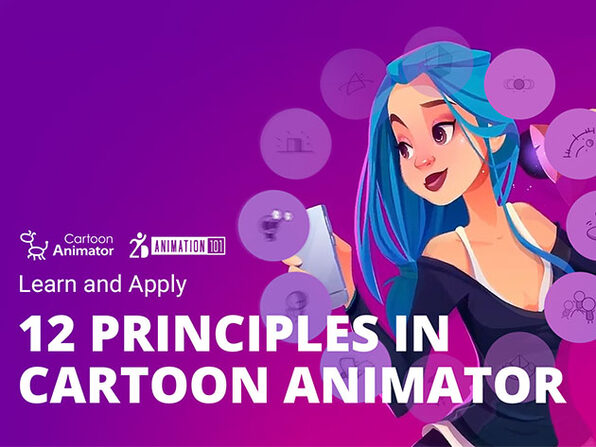
Apple has great support for accessibility, so an option in the operating system preferences to disable motion effects for those with vestibular disorders was added in response. User interface movement didn’t correspond with users’ feeling of movement or spatial orientation, triggering the reported effects.Īlthough technology unintentionally inflicting adverse effects has existed before this, the popularity of iOS gave the issue prominence. While the new look was largely accepted, some people using the updated operating system reported experiencing motion sickness and vertigo. Changes included translucency and blurring, a more simplified “flat” user interface, and dramatic motion effects such as full-screen zooming and panning. When it was released in 2013, iOS 7 featured a dramatic reworking of the operating system’s visuals. The need for people being able to take back control of animations might be more prevalent than you may initially think. Sites all too often inundate their audiences with automatically playing, battery-draining, resource-hogging animations. The ability to control animation now exists alongside important features such as zooming content, installing extensions, enabling high contrast display, loading custom stylesheets, or disabling JavaScript.

However, we've seen issues with several browsers with the Web Fonts + CSS method of Font Awesome. We've worked hard to keep icons perfectly centered when they spin or pulse. Set how the animation progresses through framesĪny valid CSS animation-timing-function value (opens new window) CSS Custom PropertyĪny valid CSS animation-delay value (opens new window)Īny valid CSS animation-direction value (opens new window)Īny valid CSS animation-duration value (opens new window)Īny valid CSS animation-iteration-count value (opens new window) Define your own values for the following properties to override and customize Font Awesome's defaults. We've added CSS custom properties (opens new window) to make customizing easier and more efficient, and you can use these custom properties across all of our animations. When a prefers-reduced-motion is set to reduce, it indicates that the user prefers less motion, which may trigger discomfort for those with vestibular motion disorders on the page.
#Preferences cartoon animator 4 update
Remember to update the text of actions and change elements' other visual aspects too!Īnd when it comes to an animation's timing and duration, avoid changing the state of something at a rate of three times per second or greater - which can trigger photosensitive epilepsy.Īll included animations now support and leverage the prefers-reduced-motion CSS media feature (opens new window) to detect if a user has requested that the system minimize the amount of non-essential motion it uses. In general, it's best to use animations on the web in a complementary way rather than the only way to note a state change in UI. Using animations on the web in the most accessible way requires a little extra consideration: We think that name is more accurate to its purpose and will migrate to use it in future versions. But we've decided to rename it to fa-spin-pulse. The fa-pulse animation class that we used on previous versions of Font Awesome still works in Version 6. Flipping is helpful for transitions, processing states, or for using physical objects that one flips in the real world. By default, flip rotates an icon about the Y axis 180 degrees. Use the fa-flip animation to rotate an icon in 3D space (opens new window). Set the icon's vertical distortion ("squish") when landing after the jump

Set the icon's horizontal distortion ("squish") when landing after the jump Set the icon's vertical distortion ("squish") at the top of the jump Set the icon's horizontal distortion ("squish") at the top of the jump Set the icon's vertical distortion ("squish") when starting to bounce Set the icon's horizontal distortion ("squish") when starting to bounce Set the max height an icon will jump to when bouncing Set the amount of rebound an icon has when landing after the jump


 0 kommentar(er)
0 kommentar(er)
